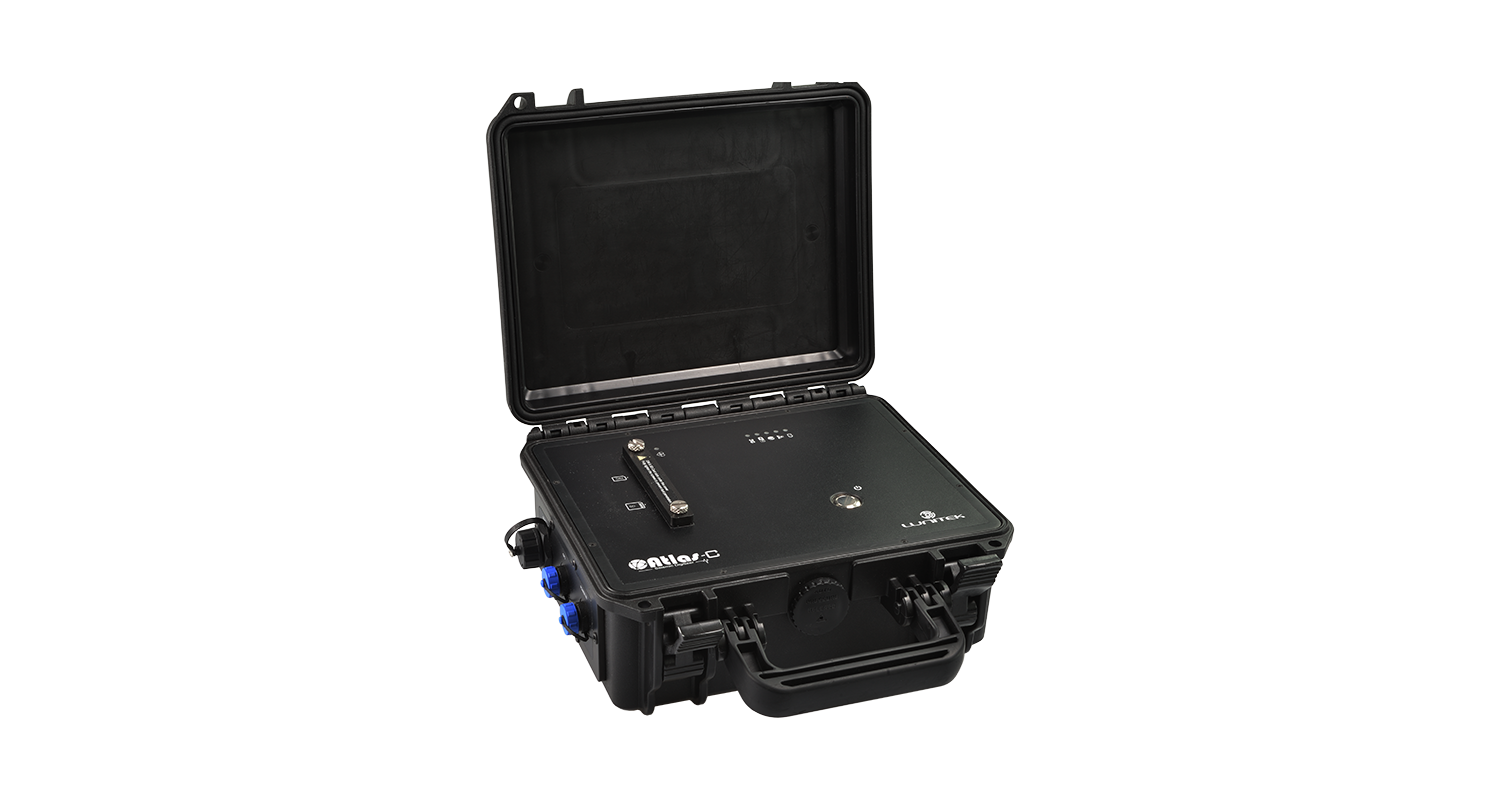
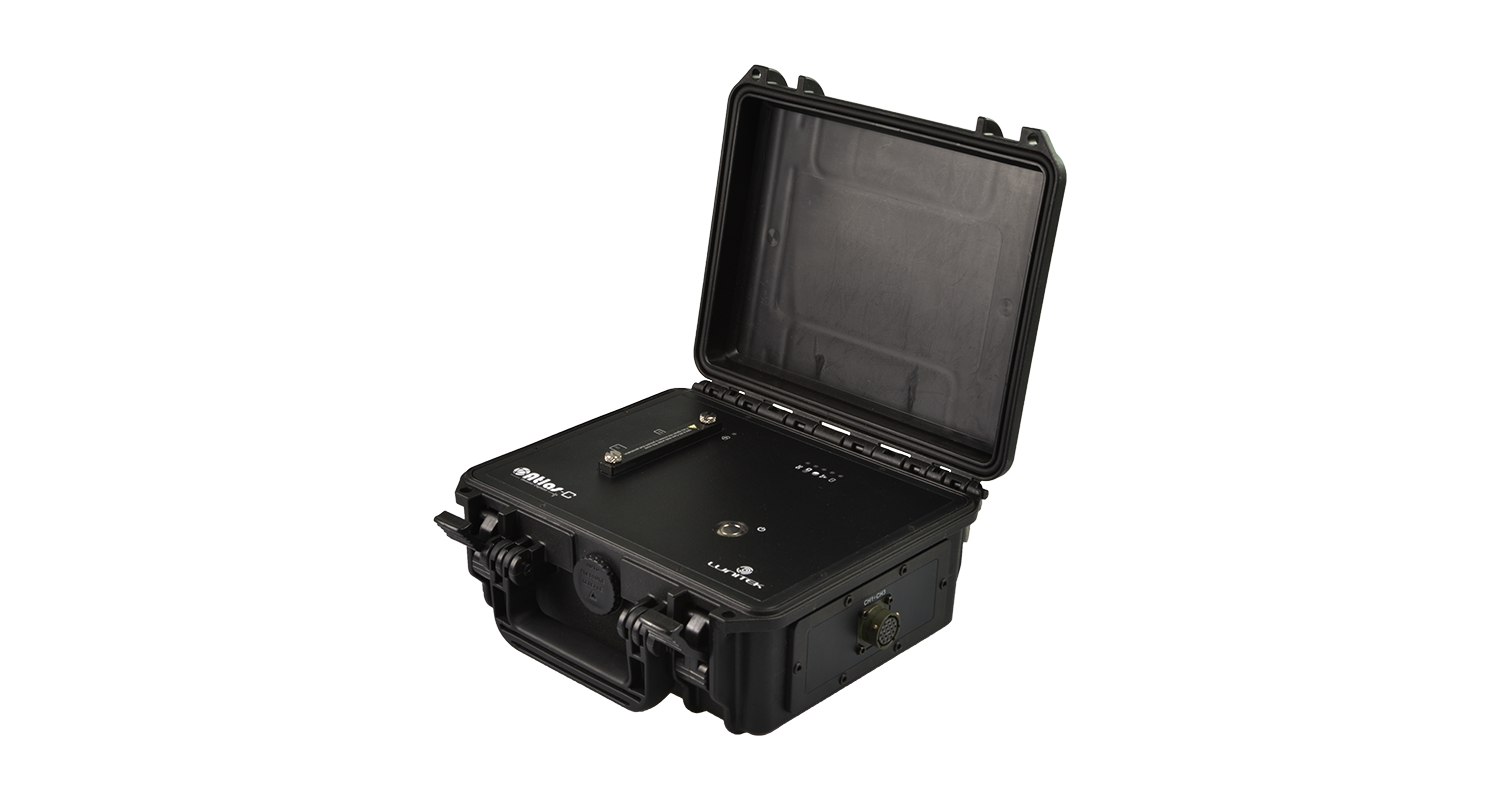

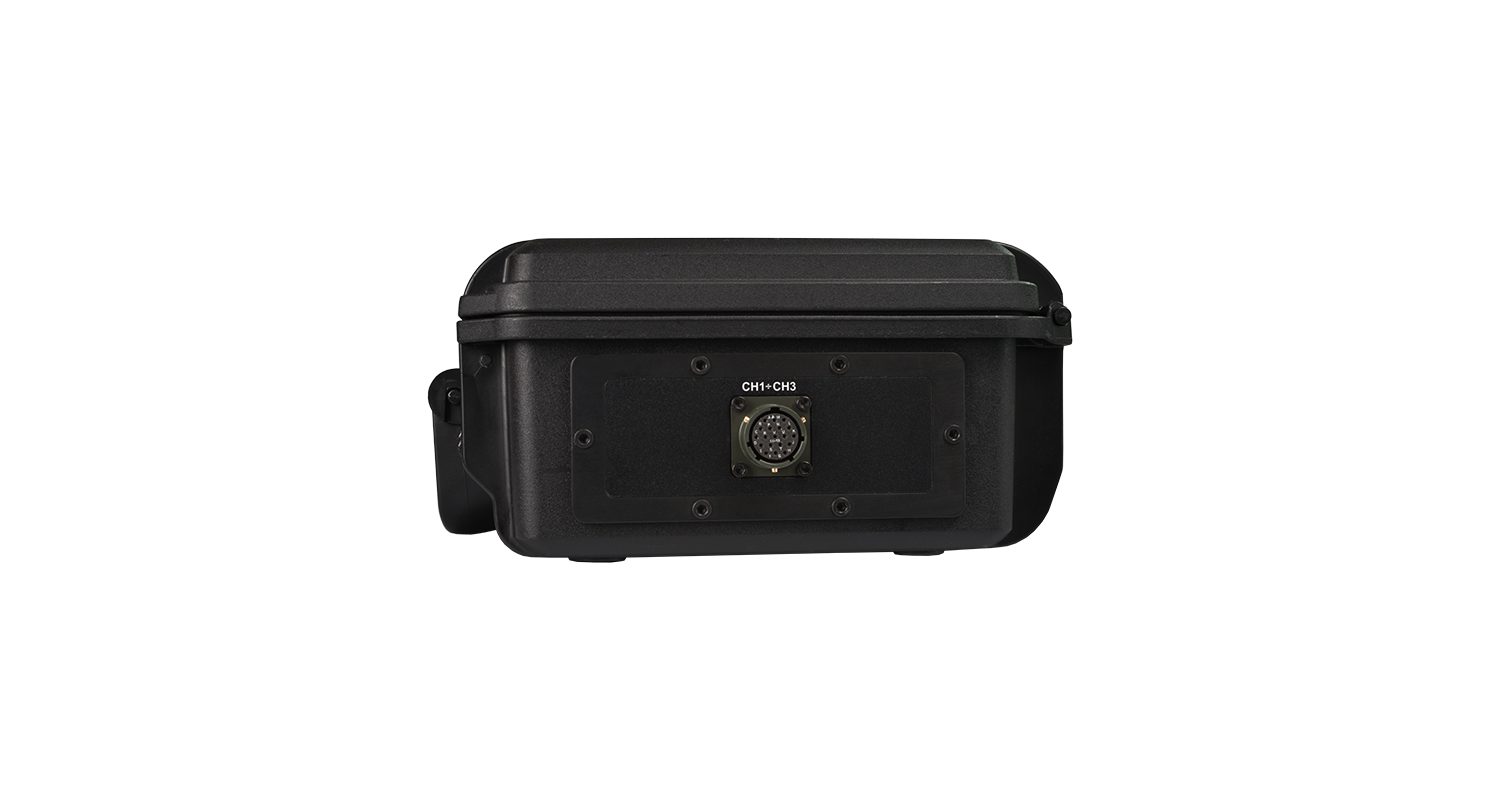
Atlas-C is a variant of the Atlas digitizer. It was conceived as rugged version of the recorder, to be used in harsh environments.
The Atlas-C is light and portable, our customers appreciate its user-friendliness and high performance. Atlas-C is available with 3, 6 or 9 differential input channels for external sensors.
The instrument is equipped with high-resolution delta-sigma 32bit ADCs, all the channels are synchronized and the sample rate is adjustable up to 1000 sps per channel (3 active channels).
The system memory (up to 1TByte) has two independent recording zones: the ring-buffer zone which is dedicated to continuous sampling, and the triggering zone which is used for event sampling.
Atlas-C comes with built-in (not removable) memory and a hot-swappable memory on the outside. Its firmware writes both memory banks redundantly. The user can eject the external card and interchange it while the recording is running without affecting the contents of the internal memory.
The data format is MiniSEED.
The built-in GNSS receiver synchronizes the system clock with the absolute time so that a network of several units can be created where all the channels are synchronized. The dual auto-switching GNSS antenna feature, allows the user to use the internal antenna if the instrument is under a good sky view or to install an external antenna when needed.
The instrument can be controlled locally via network connection (LAN or WiFi), and remotely using the integrated 4G modem (optional). The SIM card is in micro format which is accessible to the user from the top panel. Both WiFi and 4G antennas are integrated in the instrument.
Thanks to the SeedLink protocol, Atlas is compatible with most popular seismic analysis software (Seiscomp3, Antelope, Earthworm).
The large capacity internal back up battery guarantees long term recording in the absence of an external power supply (typically 24hrs). This feature is greatly appreciated by customers because it is like having an integrated UPS, which saves space and money; both the 4G modem and the external sensors’ power supply is backed up by the internal battery.
The power supply ranges from 9 to 28VDC and it can be connected to the electric power network with the power supply adapter included.
Atlas-C can also be connected directly to a solar panel.
Atlas-C comes in a plastic case with a transportation handle. The enclosure is shockproof, vibration-resistant and weather-resistant IP67.

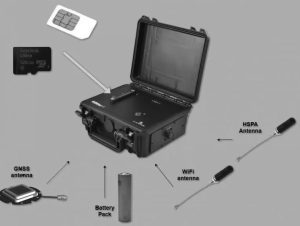
ATLAS-C can be used with an accelerometric or a velocimetric sensor.
ATLAS-C can be configured in-situ using WIFI or LAN cable.
Thanks to the integrated batteries, integrated antennas (WiFi, 4G, GNSS) this system can be a trump card for on-the-fly monitoring. No need for an external UPS or to screw in an antenna, just power on your ATLAS-C and start recording.
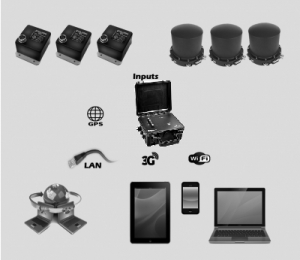 In a typical geophysical monitoring station ATLAS-C is used with a low-noise-force-balance- triaxial accelerometer and a triaxial velocimeter which must both be mounted on a concrete slab.
In a typical geophysical monitoring station ATLAS-C is used with a low-noise-force-balance- triaxial accelerometer and a triaxial velocimeter which must both be mounted on a concrete slab.
Both sensors are digitized with high dynamics, high accuracy ADC.
ATLAS-C can be equipped with auxiliary analog inputs in order to monitor environmental data (temperature or humidity) or with digital input to monitor external events (vault open/closed) or even with output driving capability to communicate when thresholds are exceeded (alarms).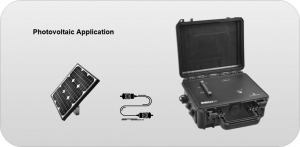
Atlas-C 3T
3 24bit channels on a single MIL connector (size 14, 19 pins) sample rate up to 1Khz
Atlas-C 6T
6 24bit channels on two MIL connectors (size 14, 19 pins) sample rate up to 500Hz
Atlas-C 9T
9 24bit channels on three MIL connectors (size 14, 19 pins) sample rate up to 250Hz
| Cookie | Duration | Description |
|---|---|---|
| cookielawinfo-checkbox-advertisement | 1 year | Set by the GDPR Cookie Consent plugin, this cookie is used to record the user consent for the cookies in the "Advertisement" category . |
| cookielawinfo-checkbox-analytics | 11 months | This cookie is set by GDPR Cookie Consent plugin. The cookie is used to store the user consent for the cookies in the category "Analytics". |
| cookielawinfo-checkbox-functional | 11 months | The cookie is set by GDPR cookie consent to record the user consent for the cookies in the category "Functional". |
| cookielawinfo-checkbox-necessary | 11 months | This cookie is set by GDPR Cookie Consent plugin. The cookies is used to store the user consent for the cookies in the category "Necessary". |
| cookielawinfo-checkbox-others | 11 months | This cookie is set by GDPR Cookie Consent plugin. The cookie is used to store the user consent for the cookies in the category "Other. |
| cookielawinfo-checkbox-performance | 11 months | This cookie is set by GDPR Cookie Consent plugin. The cookie is used to store the user consent for the cookies in the category "Performance". |
| CookieLawInfoConsent | 1 year | Records the default button state of the corresponding category & the status of CCPA. It works only in coordination with the primary cookie. |
| viewed_cookie_policy | 11 months | The cookie is set by the GDPR Cookie Consent plugin and is used to store whether or not user has consented to the use of cookies. It does not store any personal data. |
| Cookie | Duration | Description |
|---|---|---|
| CONSENT | 2 years | YouTube sets this cookie via embedded youtube-videos and registers anonymous statistical data. |
| _ga | 2 years | The _ga cookie, installed by Google Analytics, calculates visitor, session and campaign data and also keeps track of site usage for the site's analytics report. The cookie stores information anonymously and assigns a randomly generated number to recognize unique visitors. |
| _gat_gtag_UA_168680146_1 | 1 minute | Set by Google to distinguish users. |
| _gcl_au | 3 months | Provided by Google Tag Manager to experiment advertisement efficiency of websites using their services. |
| _gid | 1 day | Installed by Google Analytics, _gid cookie stores information on how visitors use a website, while also creating an analytics report of the website's performance. Some of the data that are collected include the number of visitors, their source, and the pages they visit anonymously. |
| Cookie | Duration | Description |
|---|---|---|
| NID | 6 months | NID cookie, set by Google, is used for advertising purposes; to limit the number of times the user sees an ad, to mute unwanted ads, and to measure the effectiveness of ads. |
| test_cookie | 15 minutes | The test_cookie is set by doubleclick.net and is used to determine if the user's browser supports cookies. |
| VISITOR_INFO1_LIVE | 5 months 27 days | A cookie set by YouTube to measure bandwidth that determines whether the user gets the new or old player interface. |
| YSC | session | YSC cookie is set by Youtube and is used to track the views of embedded videos on Youtube pages. |
| yt-remote-connected-devices | never | YouTube sets this cookie to store the video preferences of the user using embedded YouTube video. |
| yt-remote-device-id | never | YouTube sets this cookie to store the video preferences of the user using embedded YouTube video. |
| Cookie | Duration | Description |
|---|---|---|
| ack_1883718 | 1 day | No description |
| cf7emc_user_token | 1 day | No description available. |
| nv_1883718 | 77 years 10 months 21 days 15 hours | No description |
| prev2_1883718 | past | No description |
| pum-1781 | 1 day | No description |
| sid_1883718 | 30 minutes | No description |
| tll_1883718 | 77 years 10 months 21 days 15 hours | No description |
| vid_1883718 | 77 years 10 months 21 days 15 hours | No description |
| __wpdm_client | session | No description |
